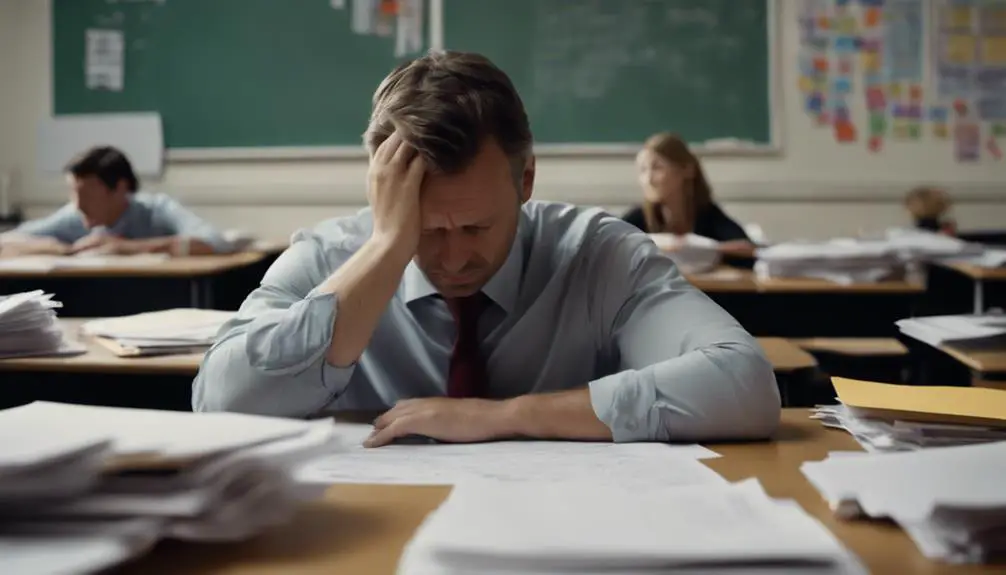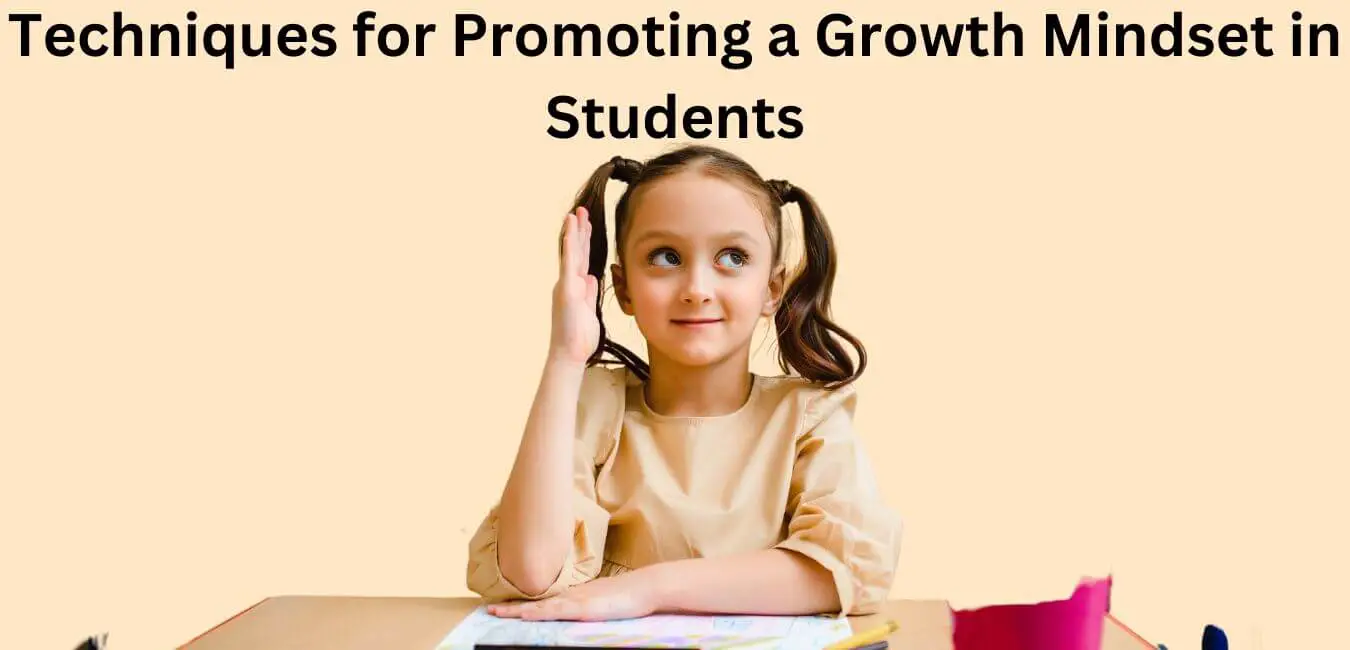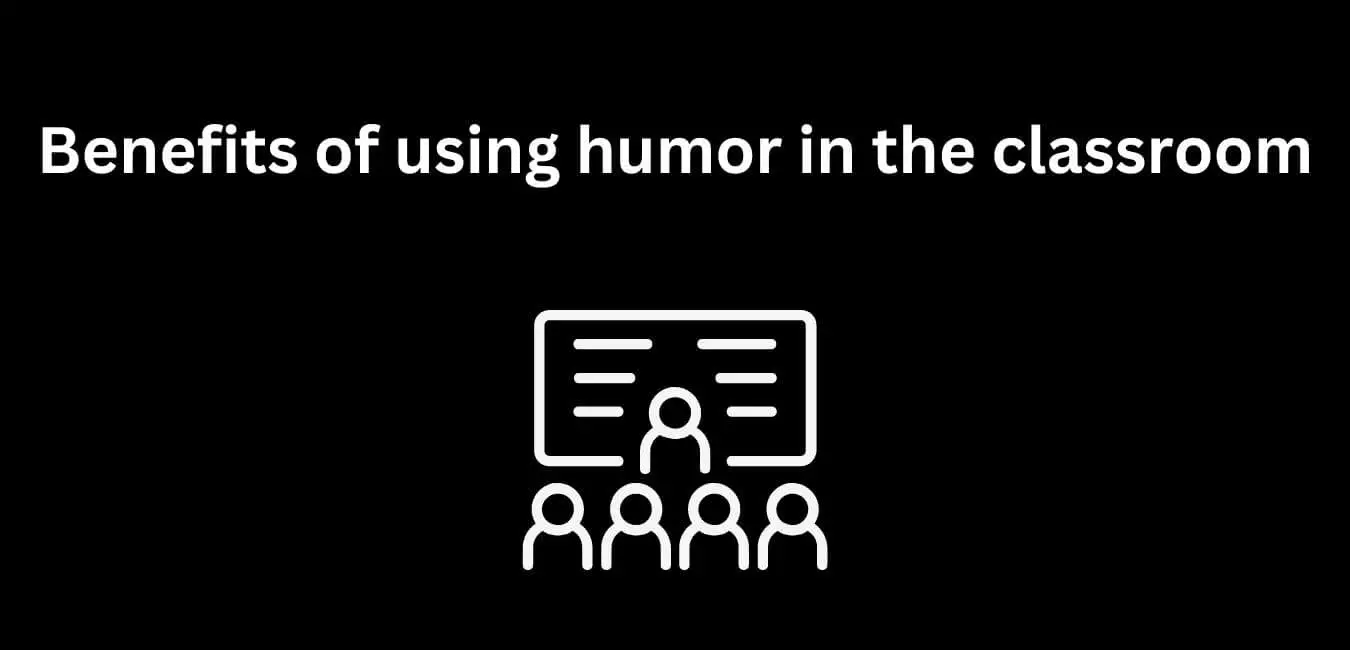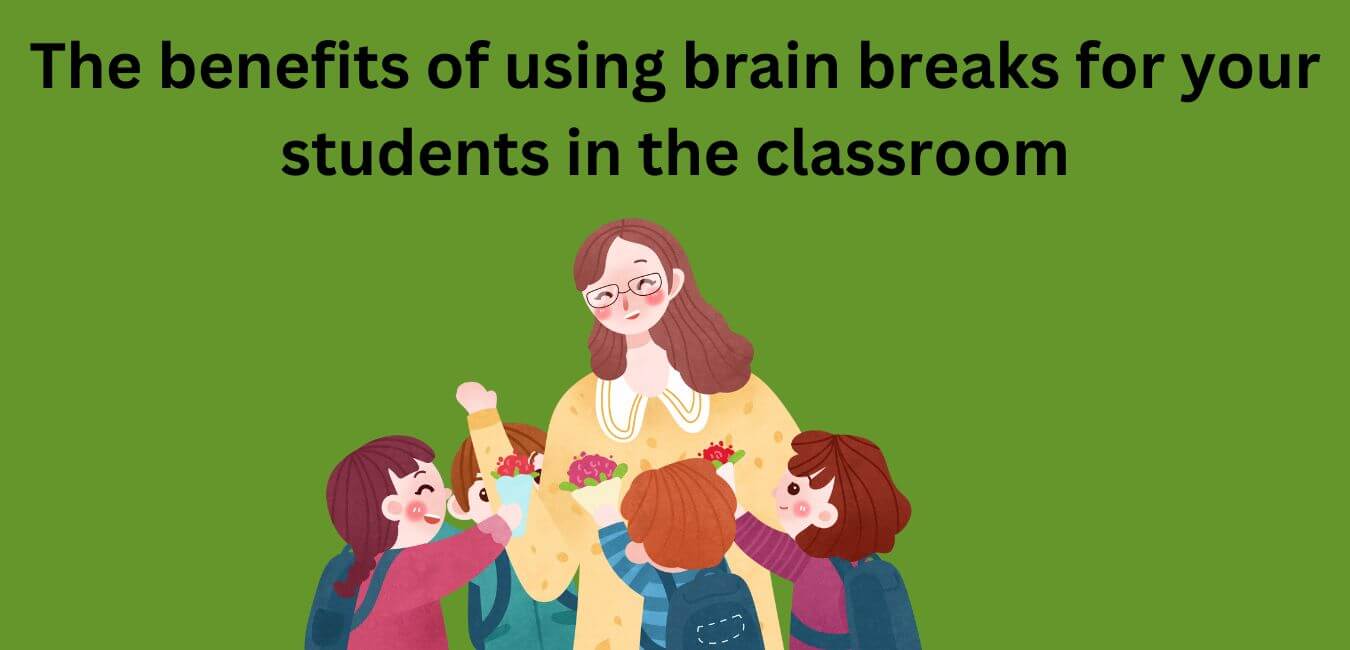Reflection is crucial in teaching. It allows teachers to gain a deeper understanding of their teaching methods and identify areas for improvement. By taking the time to reflect on their practices, teachers can enhance their professional growth, improve student learning outcomes, and cultivate a lifelong love of learning. But why is reflection so important? Let me explain.
15 reasons Why Reflection Is Important In Teaching
Enhances understanding
Through reflection, I gain a better understanding of my teaching methods and their effectiveness. It allows me to analyze how my teaching impacts student learning and uncover valuable insights that help me refine my strategies.
Reflection also helps me adapt effective teaching strategies to different learning environments. It enables me to identify and overcome the teaching challenges that I encounter.
Most importantly, reflection allows me to learn from past experiences and apply that knowledge in future classroom situations. This continuous process of reflection helps me grow as a teacher and provide the best education for my students.
Promotes continuous growth
Analyzing my teaching methods and striving to provide the best education for my students, it’s clear that reflection promotes continuous growth.
Reflection allows educators to identify areas for improvement and enhance their skills. Through self-reflection, teachers can evaluate their teaching effectiveness and make necessary adjustments to ensure their students are achieving desired learning outcomes.
Continuous improvement is crucial in education, as it enables teachers to stay updated with the latest teaching strategies and technologies. By reflecting on their practices, educators can also identify their strengths and weaknesses, which helps in their professional growth.
Furthermore, reflection encourages teachers to seek feedback from their students, colleagues, and mentors, fostering a collaborative learning environment and ultimately leading to improved teaching practices.
Fosters self-awareness
Reflection in teaching helps me gain insight into my strengths and weaknesses as an educator. By taking the time to reflect on my teaching practices, I can better understand my approach and identify areas for self-improvement. This self-awareness is crucial in fostering growth and continuously striving to provide the best education for my students. Through self-reflection, I recognize effective strategies that work well in the classroom and areas where I may need to make adjustments. It helps me understand the impact of my teaching on students’ learning and enables me to adapt and improve my instructional methods accordingly. The table below highlights the importance of self-awareness in teaching:
| Benefits of Self-Awareness in Teaching |
|---|
| Fosters personal growth |
| Enhances understanding of teaching |
| Promotes self-improvement |
Improves student learning
Reflecting on teaching strategies allows me to make adjustments that better meet the needs of my students, resulting in improved learning outcomes. By evaluating my instructional approach, I can identify areas for improvement and implement effective teaching techniques that enhance student learning.
Here are three key ways in which reflection improves student learning:
- Adopting a student-centered approach: Through reflection, I can shift my focus from simply delivering content to creating a learning environment that centers around the needs of my students. This involves considering their individual learning styles and preferences and tailoring my instruction to meet their unique needs.
- Implementing personalized learning: Reflection helps me identify students who may require additional support or challenge. By adjusting my teaching strategies to provide individualized instruction, I can ensure that every student is engaged and making progress.
- Using responsive teaching methods: Reflection allows me to assess the effectiveness of my teaching methods and make necessary adjustments. This enables me to respond to the evolving needs of my students, ensuring that they actively participate in the learning process.
Encourages critical thinking
Reflective teaching promotes critical thinking skills by encouraging teachers to carefully analyze their instructional methods and their impact on student learning. Through this process, teachers can evaluate the effectiveness of their strategies and determine if they’re meeting the needs of their students.
By thinking critically about their teaching methods, teachers can identify areas for improvement and make necessary adjustments. They also consider the individual needs and learning styles of their students, ensuring that their instruction is tailored to meet those unique requirements.
This reflective practice not only enhances the learning experience for students but also promotes their own critical thinking skills. It allows teachers to continually assess their teaching effectiveness and make informed decisions to improve student outcomes.
Supports personalized instruction
Teachers can customize their teaching approaches to meet the individual needs and learning styles of their students through reflection. By taking the time to reflect on their teaching practices, educators can gain valuable insights into what works best for each student.
This allows them to tailor their instruction to suit the specific needs of each individual, ensuring that every student receives personalized instruction. Through reflection, teachers can identify the learning styles of their students and adapt their teaching approaches accordingly.
This not only enhances student engagement and motivation but also improves learning outcomes. By understanding the unique needs and learning styles of their students, teachers can create a supportive and inclusive classroom environment where every student can thrive.
Enhances classroom management
Reflecting on my teaching practices, I realize the importance of improving classroom management to create a positive and effective learning environment. Effective classroom management is essential for ensuring students feel safe, engaged, and motivated to learn. By reflecting and evaluating my methods, I can identify areas for improvement and implement effective teaching techniques that foster a positive learning environment.
One way to enhance classroom management is by establishing clear and consistent expectations. By clearly communicating behavior and academic performance guidelines, students understand what is expected of them and can actively contribute to a supportive classroom community. Additionally, incorporating strategies such as positive reinforcement and proactive discipline can help manage student behavior and prevent disruptions.
In the table below, I outline three key areas of classroom management and strategies for improvement:
| Classroom Management Area | Strategies for Improvement |
|---|---|
| Establishing routines and procedures | – Clearly communicate expectations from the start of the school year. – Teach and model routines and procedures. – Provide opportunities for students to practice and reinforce routines |
| Creating a positive classroom culture | – Foster inclusivity and a sense of belonging. – Encourage positive relationships among students. – Celebrate individual and collective achievements |
| Managing student behavior | – Implement a system of rewards and consequences. – Address behavior issues promptly and consistently. – Use restorative practices to promote understanding and growth |
Improving classroom management is crucial for creating a positive and effective learning environment. By implementing these strategies and continuously reflecting on my teaching practices, I can enhance classroom management and support the success of my students.
Develops empathy
Reflecting on my teaching practices, I’ve realized the profound impact that developing empathy has on my ability to cultivate compassionate teaching practices. By considering my students’ experiences and perspectives, I can create a supportive and inclusive learning environment.
Here are three ways developing empathy enhances my teaching:
- Understanding perspectives: When I take the time to reflect, I can see things from my students’ point of view. This understanding helps me tailor my teaching approaches to meet their individual needs.
- Considering student experiences: Reflecting on the experiences my students bring to the classroom helps me create a safe and engaging space for them to learn and grow.
- Becoming an empathetic educator: Developing empathy allows me to connect with my students on a deeper level, building trust and fostering positive relationships.
Encourages innovation
Reflective teaching encourages innovation by fostering a culture of exploration and experimentation in the classroom. As an educator, I understand that traditional teaching methods may not always capture the attention and interest of every student. Therefore, I actively seek new ways to engage and inspire my students, constantly reflecting on my teaching practices to identify areas for improvement.
By embracing a reflective approach, I’m able to experiment with innovative teaching methods that create a dynamic and stimulating learning environment. This process involves exploring effective techniques that encourage creativity and inspire educational innovation. I believe that by continuously seeking new approaches, I can stay ahead of the ever-evolving educational landscape and ensure that my students receive the best possible learning experience.
Through reflection, I’m able to identify specific strategies and approaches that have worked well in engaging and inspiring my students. For example, incorporating hands-on activities, group discussions, and real-world examples into my lessons has proven to be effective in capturing their interest and deepening their understanding.
In addition, I actively seek out resources and recommendations from other educators and experts in the field. This allows me to stay informed about the latest teaching methods and technologies that can enhance student engagement and inspiration. By keeping an open mind and being willing to try new things, I create an environment that encourages both myself and my students to think outside the box and embrace innovative approaches to learning.
Builds a supportive community
Reflection in teaching promotes collaboration and support among educators, allowing us to share insights and work together effectively. It creates an environment where we can engage in collaborative learning and build relationships with our peers.
By reflecting on our teaching practices, we can share our successes and challenges and learn from each other’s experiences. This sharing of insights not only enhances our own professional growth but also provides valuable support to our colleagues.
Through reflection, we can offer guidance, encouragement, and advice to one another, creating a network of support that’s crucial for our development as educators. Peer learning becomes an integral part of our teaching journey as we learn from the diverse perspectives and expertise of our fellow educators.
Reflection truly builds a supportive community where we can uplift and inspire one another.
Increases engagement
Examining my teaching practices can help me discover methods to enhance engagement and interactivity in my lessons. This encourages student curiosity and active participation.
Reflecting on my teaching allows me to identify areas where I can increase motivation and spark curiosity in my students. I can find ways to promote active learning by incorporating interactive activities, group discussions, and hands-on experiences.
Making my lessons more engaging enhances classroom engagement and creates a positive learning environment. When students are actively engaged in their learning, they’re more likely to participate and contribute to class discussions, leading to a deeper understanding of the material.
Through reflection, I continuously improve and create meaningful learning experiences for my students.
Cultivates resilience
Reflective teaching helps teachers develop resilience by learning from past challenges and finding ways to overcome obstacles in their teaching journey.
Through reflection, teachers can gain valuable insights and make more informed decisions in the future. They can also identify specific obstacles that hinder student learning and find effective strategies to overcome them.
Additionally, reflective teaching encourages teachers to embrace a growth mindset, viewing challenges as opportunities for growth and finding creative solutions to overcome them.
By continually reflecting on their teaching practices, teachers can cultivate resilience and become more effective and adaptable in their role.
Ultimately, this benefits their students and allows them to serve their students to the best of their abilities.
Enhances professional development
Educators can use reflection to identify specific areas for professional growth, leading to continuous development and improvement.
Professional development is crucial for teachers to stay updated with the latest teaching methods and strategies.
By reflecting on their teaching practices, educators can gain self-awareness and recognize areas where they can enhance their skills and knowledge. This self-awareness allows them to take proactive steps to improve their teaching methods and ultimately enhance student learning.
Reflection also helps educators identify strengths and weaknesses, enabling them to focus on areas that need improvement.
Continuous improvement is essential in the field of education, as it ensures that teachers are constantly evolving and adapting to meet the needs of their students.
Promotes student ownership
Teaching reflection encourages students to take ownership of their learning by engaging in self-reflection and setting goals. This process helps students become accountable for their progress and growth.
By setting clear goals, students have a sense of direction and purpose, which enhances their motivation to learn. Reflection also allows students to track their progress over time and celebrate their achievements while identifying areas for improvement.
Through reflection, students become empowered learners who actively participate in their education. They develop a sense of responsibility and ownership, knowing that their efforts determine their success.
Encourages lifelong learning
Reflective teaching inspires educators to continuously seek new knowledge and stay updated with the latest educational research and practices. It encourages a growth mindset and prompts constant reflection on teaching methods and strategies. This self-awareness helps better understand students’ needs and tailor instruction accordingly.
To emphasize the importance of lifelong learning, here are the benefits it brings to educators:
- Keeps educators up-to-date with current educational research and practices: Lifelong learning ensures that teachers stay informed about the latest developments in their field, allowing them to incorporate effective and evidence-based strategies into their teaching.
- Enhances teaching skills and techniques: By engaging in lifelong learning, educators can continually improve their teaching skills, such as classroom management, instructional design, and assessment strategies. This leads to more effective and engaging instruction for students.
- Promotes adaptability and flexibility in the classroom: Lifelong learning encourages educators to adapt to the constantly changing educational landscape. They’re more open to trying new approaches and adjusting their teaching methods to meet the evolving needs of their students.
- Fosters a growth mindset and a love for learning: Reflective teaching cultivates a passion for learning in educators, inspiring them to continuously seek new knowledge and explore innovative teaching strategies. This enthusiasm for learning is contagious and can inspire students to develop their own love for learning.
- Supports personal and professional growth: Lifelong learning provides opportunities for personal and professional growth. It allows educators to expand their knowledge, acquire new skills, and develop their expertise, leading to career advancement and job satisfaction.
Conclusion
Reflection is important in teaching because it enhances professional growth, improves instructional strategies, and increases student achievement.
By engaging in reflective practices, educators can critically analyze their teaching methods, identify areas for improvement, and make necessary adjustments to meet the diverse needs of their students.
This continuous cycle of learning allows teachers to strive towards becoming better educators.
Ultimately, reflection is a vital tool for teachers to continuously improve and provide the best possible education for their students.
















